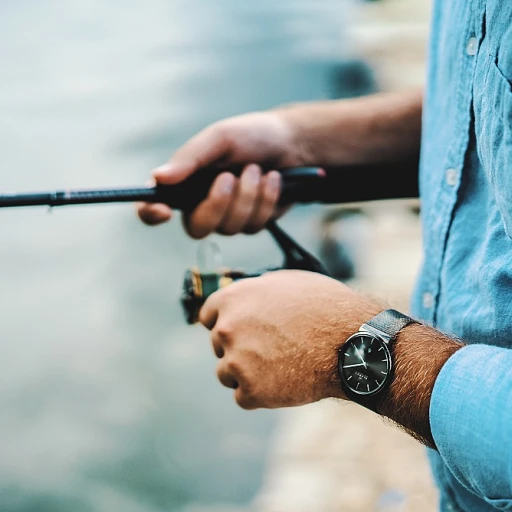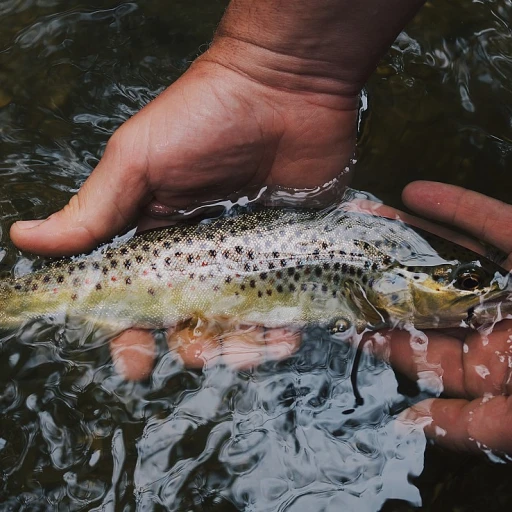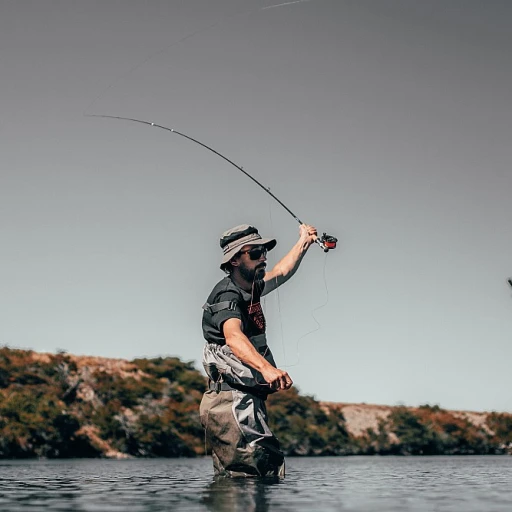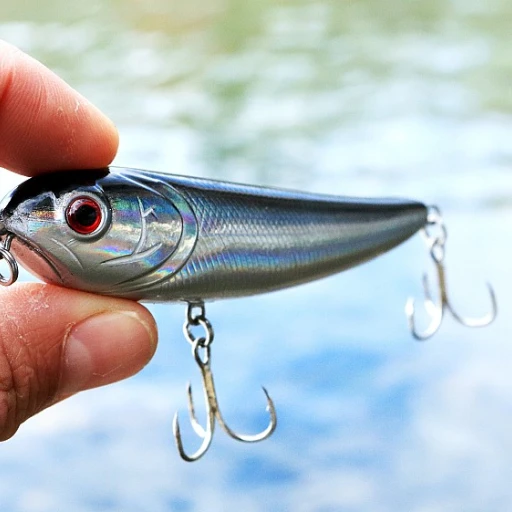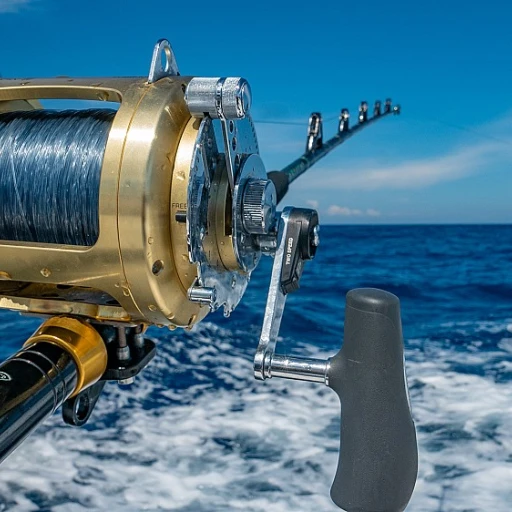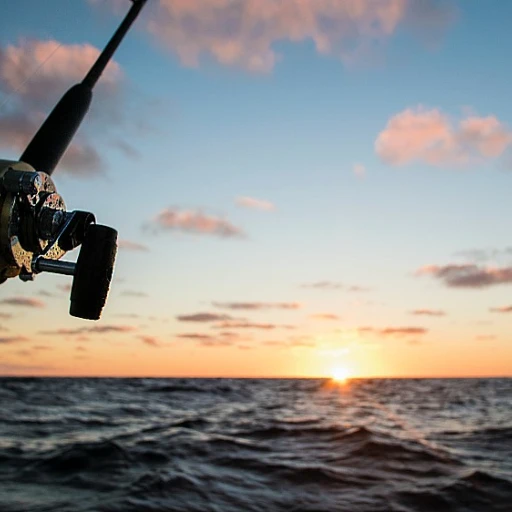
Understanding Boat Seat Upholstery Materials
Exploring the World of Upholstery Materials
When it comes to boat seat upholstery, selecting the right material is essential for both comfort and durability. There are various options available in the market, each tailored towards specific needs, from resisting the harsh marine environment to providing a plush seating experience.- Marine Vinyl: This material is a popular choice among boat owners, thanks to its durability and resistance to water and UV rays. Marine vinyl is perfect for those who frequently encounter the elements.
- Fabric: For those seeking a comfortable touch, fabric options are available. While being softer, these might require additional treatment to withstand marine conditions.
- Canvas: A traditional choice for boat covers, canvas can also be used for upholstery. It's durable and can provide a unique look but may need more upkeep to avoid mildew.
Maintenance Tips for Longevity
Effective Practices for Upholstery Preservation
To ensure the longevity of your boat seats, regular maintenance is crucial. The first step is understanding the unique environment that marine upholstery is exposed to. Sunlight, saltwater, and daily wear can take a toll on materials like vinyl and fabric. Here’s how you can effectively maintain your boat interior:
- Regular Cleaning: Clean your boat seat covers and cushions with a mild soap and water solution to prevent dirt buildup. Avoid harsh chemicals that can damage upholstery.
- UV Protection: Install bimini tops or use canvas covers when the boat is docked. UV rays can cause fading and weaken the material over time.
- Moisture Control: Make sure your pontoon boat seat vinyl is dry before covering with a tarp. Moisture trapped under a cover promotes mold growth.
Implementing these maintenance tips not only enhances the longevity of your marine grade upholstery but also preserves the appealing aesthetics of your custom boat interior. For those interested in giving their boat a facelift, exploring options like stylish camouflage boat seats can be a valuable consideration.
Choosing the Right Upholstery for Your Fishing Needs
Prioritizing Fabric for Your Marine Seating
When selecting the right boat seat upholstery, it's crucial to consider the fabric that aligns with your fishing activities. Marine-grade materials are essential for withstanding the watery environment while ensuring the comfort and durability you need out on the water.
Let's break down some of the most popular materials used in upholstery services:
- Vinyl: A highly regarded choice for marine upholstery, vinyl is durable, easy to clean, and resistant to moisture and UV damage. It's perfect for both pontoon boats and fishing boats that require a water-resistant solution.
- Fabric: While not as water-resistant as vinyl, marine fabrics offer a luxurious feel and added comfort. They're often treated to resist stains and mildew and will suit regions where sun exposure isn't as intense.
- Canvas: This versatile fabric, often used in boat covers and bimini tops, provides durability and protection. Though it's not typically used for seat cushions, its application in side panels and custom projects offers flexibility in boat design.
Considering your boat interior and how you use your boat can guide your decision. Do you frequently fish in saltwater or freshwater? Choose a fabric that accommodates these conditions, and keep factors such as price, aesthetics, and ease of maintenance in mind. If you're looking to enhance your boat's resilience against the elements, then opting for high-quality marine vinyl or treated canvas might be worth the investment.
Lastly, think about customization. Custom boat projects allow you to personalize your boating experience, ensuring your seats not only meet aesthetic standards but also serve a practical purpose tailored to your fishing adventures.
DIY Upholstery Projects for Fishermen
Upholstery Projects: Bringing Your Vision to Life
For fishermen who enjoy the hands-on experience, DIY upholstery projects can transform your boat interior into a personalized haven. Working on your boat seat upholstery not only allows for customization but also offers a sense of accomplishment upon completion.- Material Selection: Begin by selecting materials that are designed to withstand the marine environment. Marine vinyl is popular due to its durability and resistance to water. When choosing fabric, consider marine-grade options to ensure longevity.
- Tools and Skills: Ensuring you have the right tools is crucial. Tools like staple guns, scissors, and measuring tape can ease the upholstery process. Basic sewing skills might come in handy, especially if you are crafting custom covers.
- Sticker and Template Making: This is an essential step often overlooked. Measuring your boat seats accurately and creating templates for cutting materials ensures a snug fit, especially for curved surfaces like pontoon boats.
- Cushion Replacement: Upgrade your comfort by replacing the seat cushions. Whether you choose foam or gel inserts, make sure they’re covered properly with seat vinyl or canvas to secure them against the elements.
- Step-by-Step Process: For a structured approach, start by removing existing covers, if needed. Use your templates to cut new covers from your chosen materials. Secure them to the seats with professional upholstery services when needed, or use adhesive and staples for a DIY job.
Customizing Your Boat Seats for Enhanced Comfort
Tailor Your Marine Experience for Superior Comfort
Customizing your boat seats can significantly enhance your comfort, especially during long fishing trips. By choosing the right upholstery and configuration, you can transform your boating experience. Here are some ideas and considerations:- Personalized Seat Cushions: Investing in custom cushions not only boosts comfort but also reflects your style. Opt for marine-grade fabric or vinyl upholstery, known for its durability and resilience against water and UV exposure. Companies like DeckMate offer a range of options that cater to both aesthetic and functional needs.
- Adjustable Features: Incorporating adjustable backrests and cushions can significantly enhance comfort. Much like pontoon boats that offer versatility, custom features allow you to adapt the seating arrangement based on your activities and personal preferences.
- Marine Upholstery Services: For those who prefer a hands-off approach, hiring upholstery services simplifies the customization process. Skilled professionals can deliver a seamless finish, ensuring that every inch of your boat interior, from seat covers to side panels, meets your expectations.
- Considering Weather Conditions: Vinyl and canvas covers add an extra layer of protection against harsh marine conditions. These covers safeguard your seats from potential damage, serving as a crucial protective element, particularly for outdoor storage.
- Photo Inspiration: Looking at photos of custom boat interiors can spark ideas for your design. Whether you're drawn to the sleek finish of high-quality marine vinyl or the casual vibe of colored fabric, visual references can guide your decision-making process.
Common Upholstery Issues and How to Fix Them
Identifying and Resolving Common Boat Seat Upholstery Problems
When it comes to maintaining your boat seats, even the most well-cared-for marine upholstery can encounter issues over time. Whether it's wear and tear or damage from the elements, addressing these problems promptly can prevent them from getting worse. Here’s how you can tackle some of the most common upholstery challenges you might face.- Fade and Discoloration: Prolonged exposure to sunlight can cause even high-quality marine grade fabric and vinyl to fade. Consider using canvas or boat covers when your vessel is not in use. Investing in a good quality bimini top can also protect your seats while you're on the water.
- Mildew and Mold Accumulation: These pesky fungi thrive in the damp conditions boats are often subjected to. Regularly clean your seats with a mild detergent and water solution, and ensure they are completely dry before covering them. If mold or mildew forms, a mixture of vinegar and water can effectively eliminate it.
- Tears and Punctures: Small tears or punctures in vinyl upholstery can quickly become larger problems. Use a vinyl repair kit to patch these up as soon as they appear. For fabric seats, a needle and thread may suffice, but if the damage is extensive, consider consulting upholstery services for a more durable fix.
- Degraded Cushions: Over time, seat cushions may lose their firmness and comfort. Replace degraded foam with high-density, marine-grade materials to ensure your comfort on long fishing trips. This task can often be completed as a DIY project if you're on a budget, or you may opt for the custom job offered by providers like Deckmate.
- Loose Seat Covers: Ill-fitting seat covers not only look unsightly but can also allow moisture to seep through, damaging the seat underneath. Ensure that you measure your seats accurately before purchasing new covers. A snug fit is crucial for protecting your investment.
- Cracked and Peeling Vinyl: Over time, vinyl can crack or start peeling off. Regularly applying a UV protectant can help extend the life of your vinyl upholstery. If damage has already occurred, repairing it quickly with a specialized vinyl repair kit can prevent further degradation.


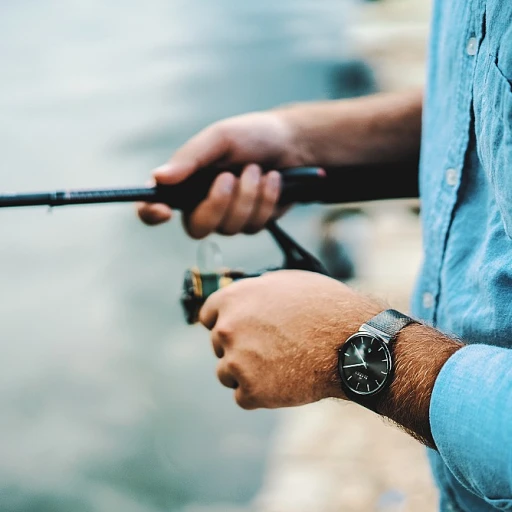
-large-teaser.webp)
